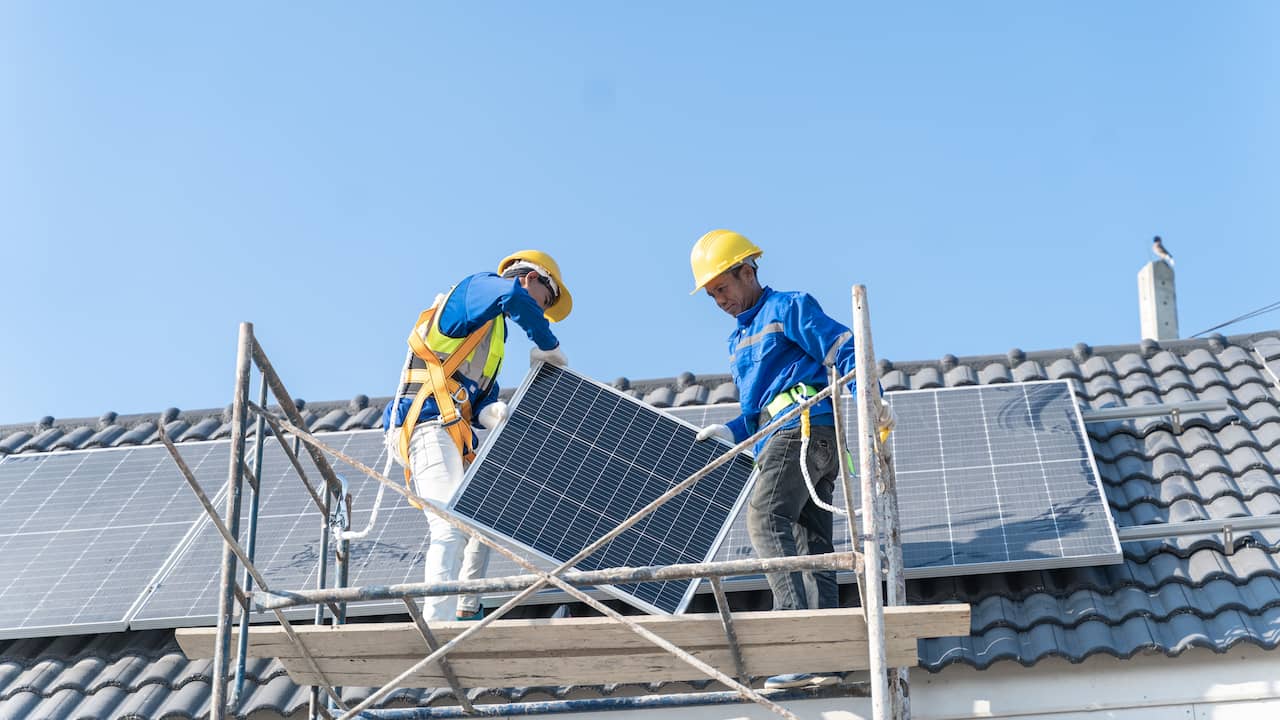A dropper post allows you to raise and lower the saddle depending on the terrain and is one of the things on your bike that makes the biggest difference to the cycling experience. This 4 different variants in different price ranges.
Why should I have a dropper post?
That a lower position on the saddle is advantageous downhill is not exactly news. But instead of having to stop, get off the bike and adjust the post, a dropper post gives you the opportunity to adjust the height of the saddle while riding. The gains are extra large in undulating terrain with relatively short ups and downs, the kind of terrain we have a lot of here in Sweden. The winner is your cycling, which becomes more enjoyable and efficient because the saddle can be kept in an optimal position at all times. A clear example of when the technology really helps the cyclist instead of being there mostly for its own sake.
Nowadays, a simple push of a button on the handlebars transforms your bike from a pedal machine to a much more downhill-compatible one in just a few seconds. Even the formerly conservative XC racing world has embraced dropper posts, realizing that the little extra weight adds so much more downhill than it punishes uphill. Yes, if you are not named Mathieu van der Poel then of course…
Find a dropper post for your budget
Budget
Brand X Ascend
One of the cheapest droppers on the market, and according to many also one of the best with a function that plays in a higher league than what the price gossips about. This is a pole without a lot of lull-lull, just pure function via a mechanical cable and a well-designed remote. Comes in a wide range of different mounts, drop lengths and diameters, right up to a full 200 mm drop. Also available in a kids version with 27.2 mm diameter and 70 mm drop so you can upgrade juniors’ bike to a much more fun machine that works well both uphill and downhill. And as if that wasn’t enough, there is also a CX version for gravel bikes and an external cable routing version (Ascend II) for bikes without internal cable routing.
Lengths 70, 100, 125, 150, 170 and 200 mm
Diameter 27.2, 30.9 and 31.6 mm
Price from SEK 1,600
Mid price range
OneUp Dropper Post V2

Canadian OneUp from Squamish began its journey by making conversions from 2x to 1x on drivetrains but has since come to make components for the whole bike, usually with smart solutions and options that are not so common with the bigger brands – and that together with a large selection of spare parts and adapters. Their dropper post builds on that tradition and is recognized as one of the most reliable on the market today and comes in a host of different lengths – right up to a whopping 240mm! – and diameters, and with several different choices on mounts for the remote. No matter what kind of bike you have, there is most likely a OneUp post that fits it and your needs. And should something go wrong, there are spare parts for everything from mounts to the cartridge itself. A solid and smart choice that only works and works with a solid function and one of the best remotes on the market.
Lengths 90, 120, 150, 180, 210, 240 mm
Diameter 27.2, 30.9, 31.6, 34.9 mm
Price from SEK 3,100
Top class
Bikeyoke Revive 2.0

Revive is German engineering at its most… German. A dropper post known for its smooth operation and the ability to bleed the hydraulic mechanism yourself using nothing more than an Allen key. Since we are not German engineers, we will not go into the technology itself other than that the Revive does not use an Internal Floating Piston – IFP – which is otherwise common, but a construction with two different oil chambers with fewer gaskets than most other posts. A dropper that works like a watch and with a variety of options, even for gravel bikes. Sure, the price is on the higher side, but then you also get quality and functionality that are on par with it.
You can read a review of the first version of Bikeyoke Revive here.
Lengths 80, 125, 160, 185, 213 mm
Diameter 27.2, 30.9, 31.6, 34.9 mm
Taken from 395 Euros
Luxury
RockShox Reverb AXS

Say Reverb and there’s a chance an entire generation of trail riders will send shivers down their spines. And not out of pleasure because of a perfect sounding electric guitar, but horrible ones from the sometimes hopeless first years of Rockshox’s fully hydraulic dropper post by that name. Fast forward 13 years and the situation is a little different. The Reverb AXS is completely cable-free and the battery-powered pole is instead activated through a wireless bluetooth connection via a control on the handlebars. We can immediately state that the Reverb AXS is not a budget choice at all, the price level is almost ridiculously high.
However, there is very little to complain about the function, the pole is activated (almost) without delay with the help of a light press on the remote, few other poles on the market feel as easy to use as the Reverb AXS. And after the editors had a variant on flea bikes for a couple of years, we can state that the lack of reliability from the Reverb of old is more or less gone. And if the post begins to loosen, it can most likely be fixed by removing the post, turning it upside down, and airing it using the included tool. And installation is perhaps the easiest of all dropper posts because no wire needs to be pulled through the frame.
The downside? Of course the price. And the need for yet another battery that needs to be charged, although not very often even with frequent use.
Also available in a variant, XPLR, for gravel bikes.
Lengths 100, 125, 150, 170 mm
Diameter 30.9, 31.6, 34.9 mm
Price from SEK 8,100
Which length of dropper post should I choose?
In principle, you could say “as long as you can fit in your bike”, but the reality is, as you know, a bit more complicated than that. In short, you can say that XC bikes can handle shorter drops on the post and enduro bikes need longer. If you have long legs, you usually need more drops. But then factors like personal taste come into play and some riders prefer a slightly shorter drop to be able to get feedback on where the saddle, and thereby the bike, is when in the low position while others just want the saddle out of the way at all costs. But just a rule of thumb is that the saddle should be about knee height when you stand up with the pedals horizontal and the saddle in the low position. 150-170 mm is usually good enough for most mountain bikers.
As usual, the best thing is to test yourself to find out what you like and prefer.
2023-06-13 09:34:46
#dropper #posts #budgets


